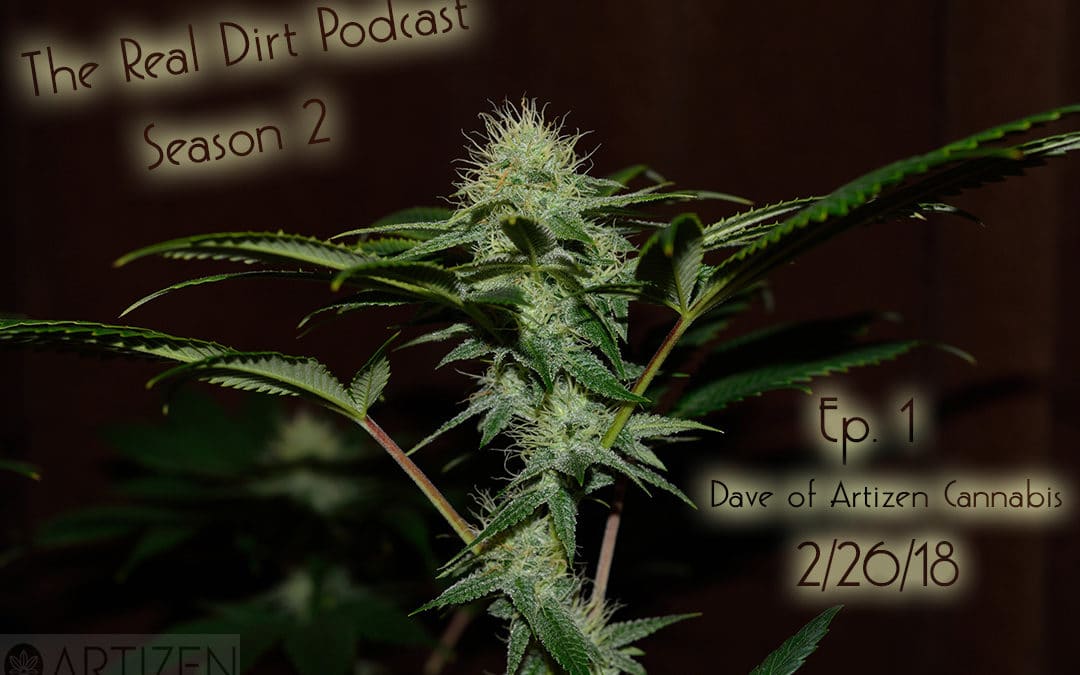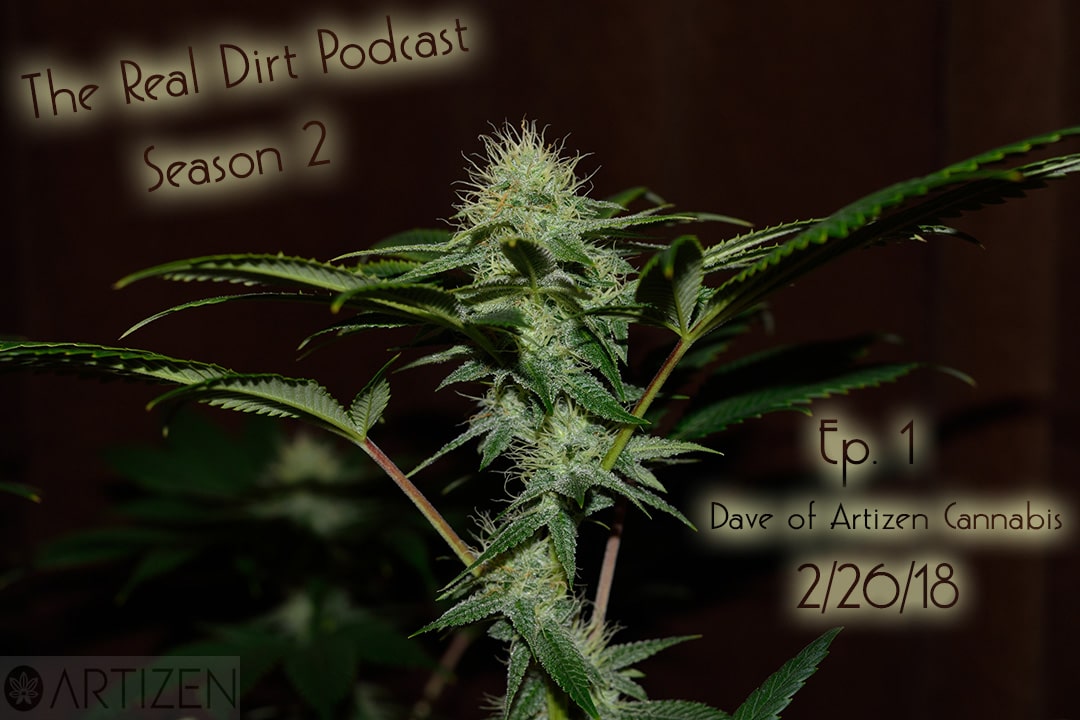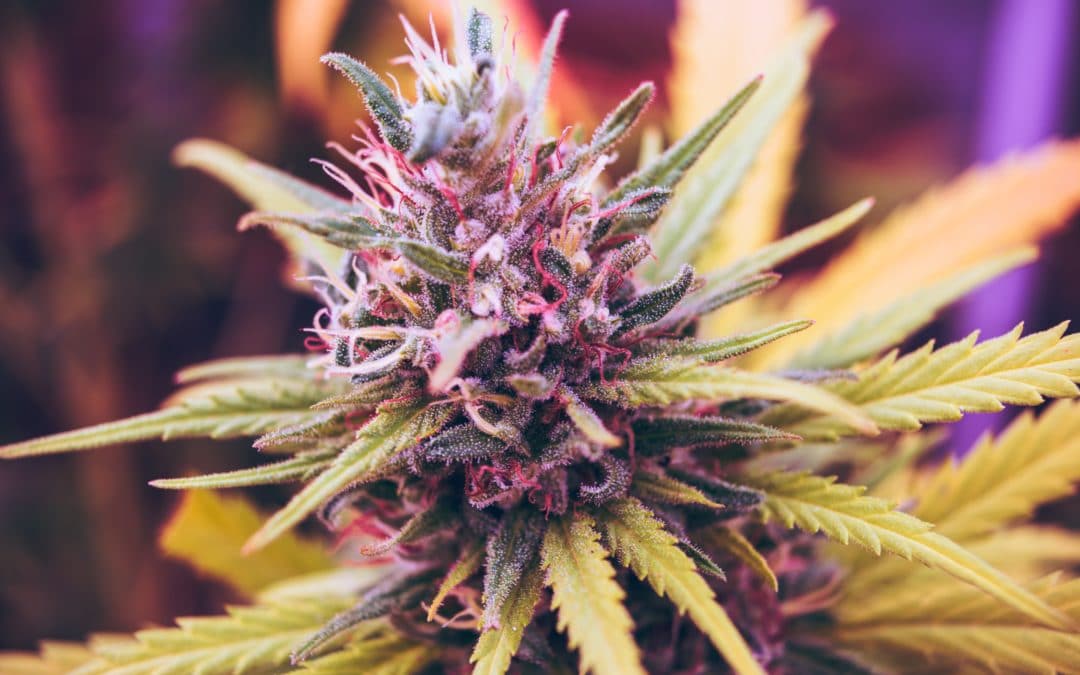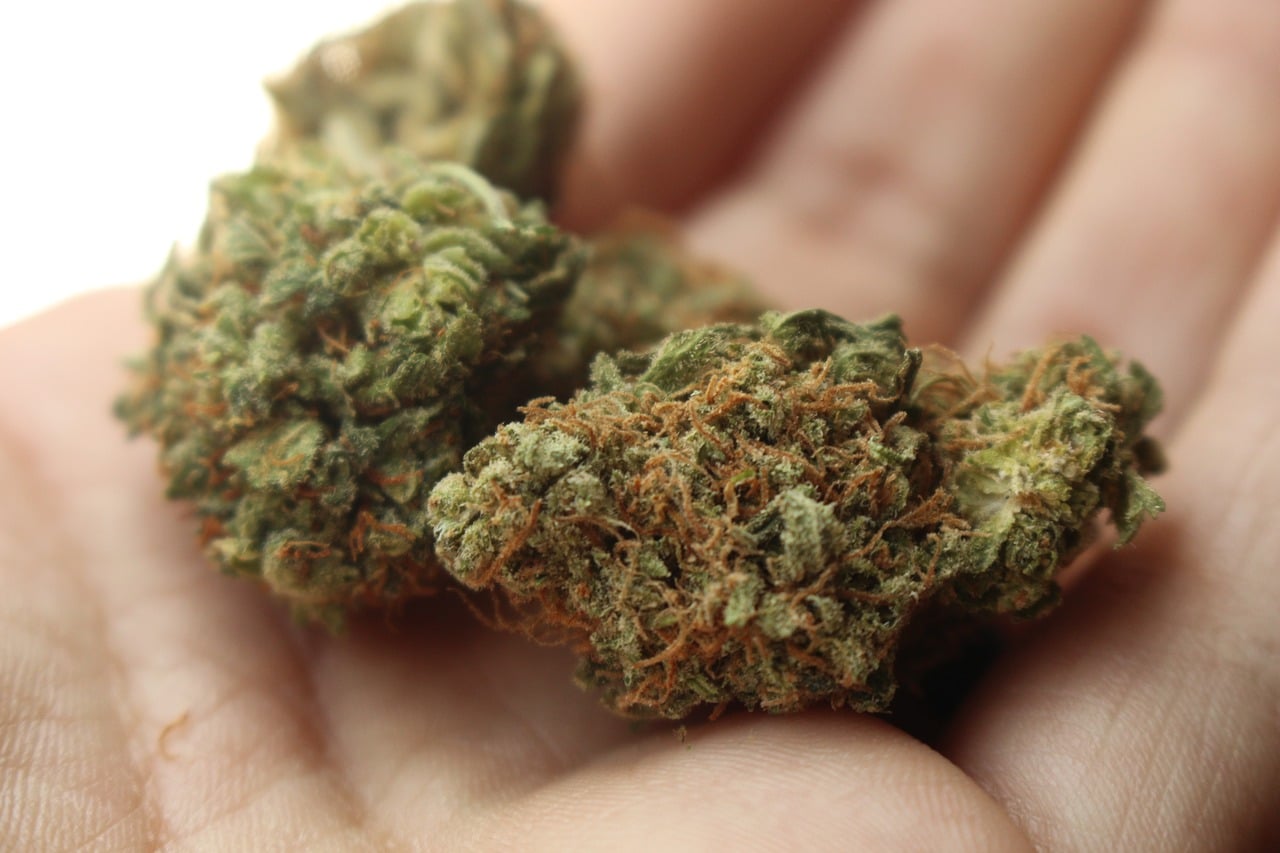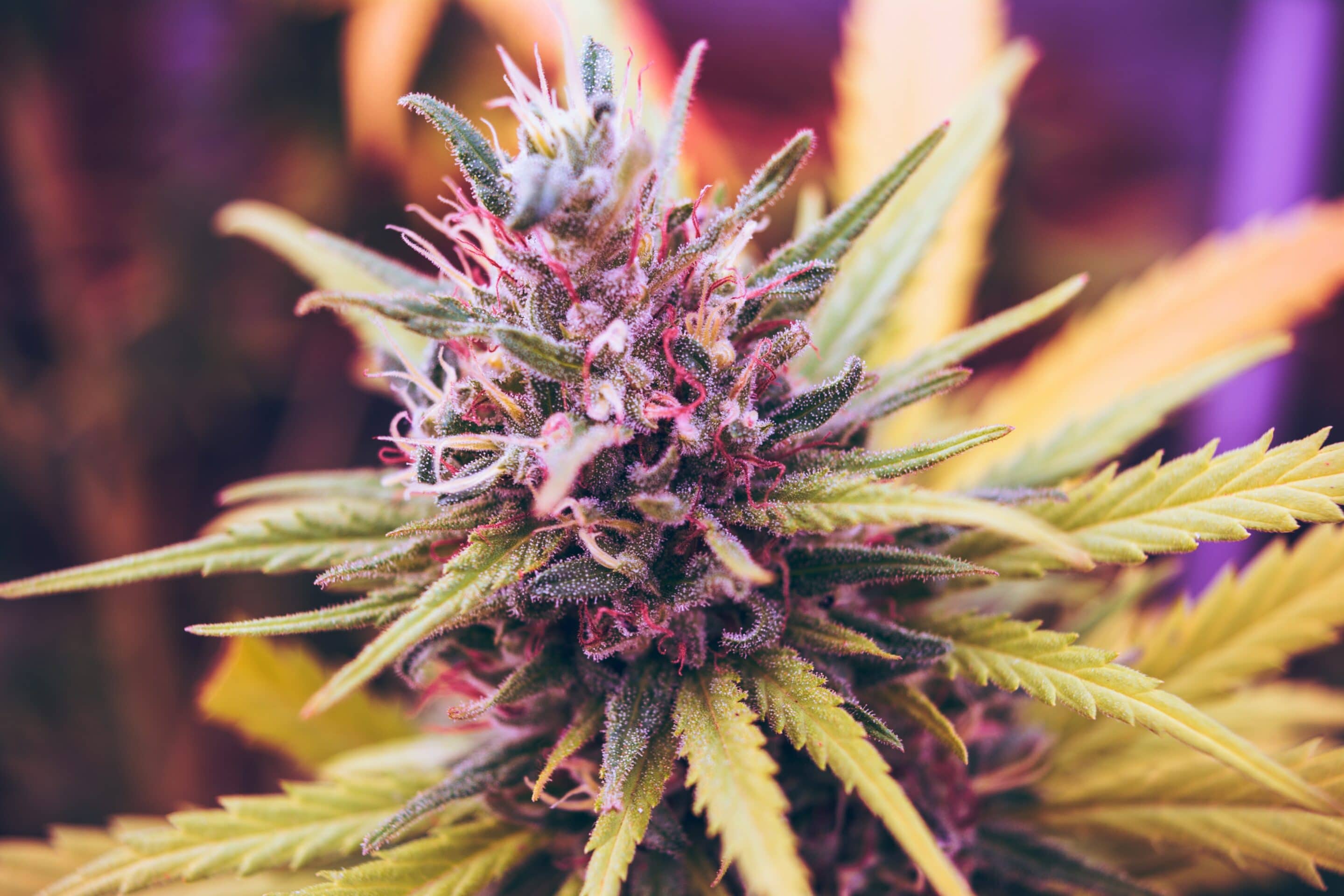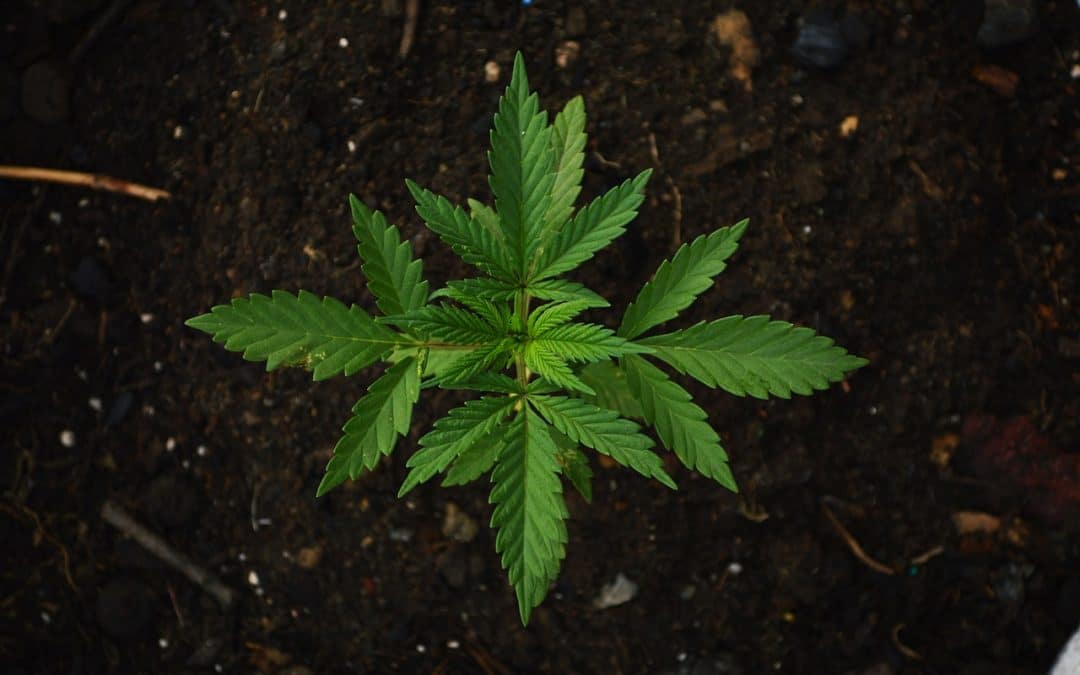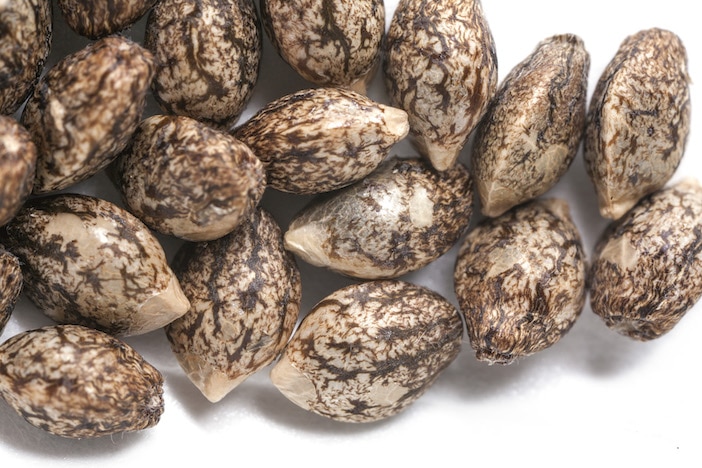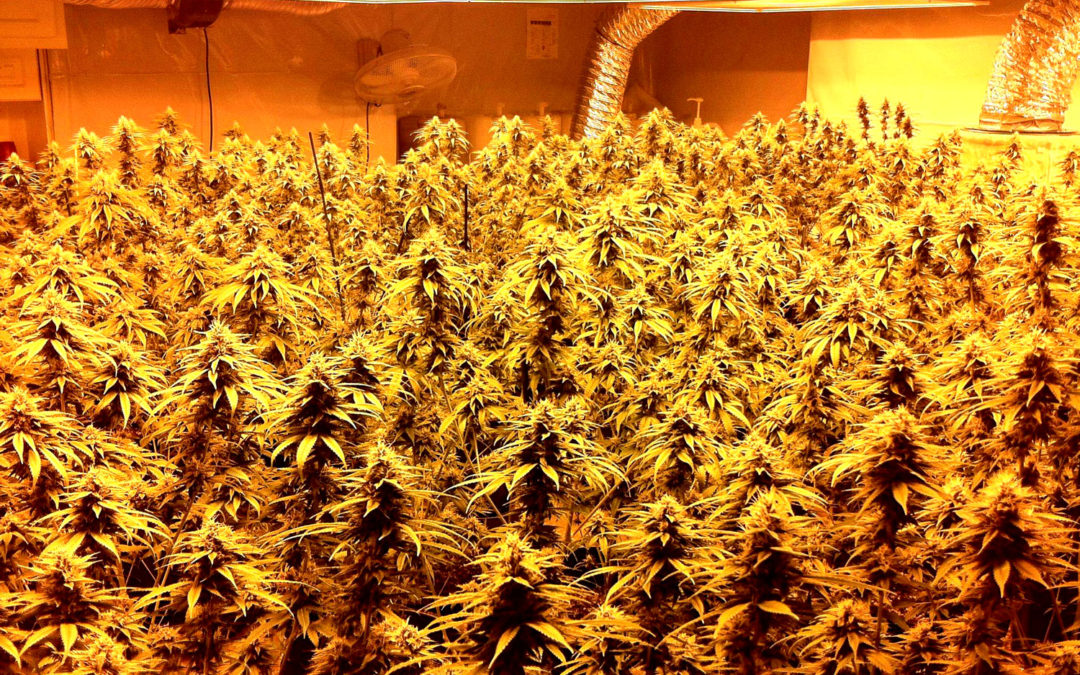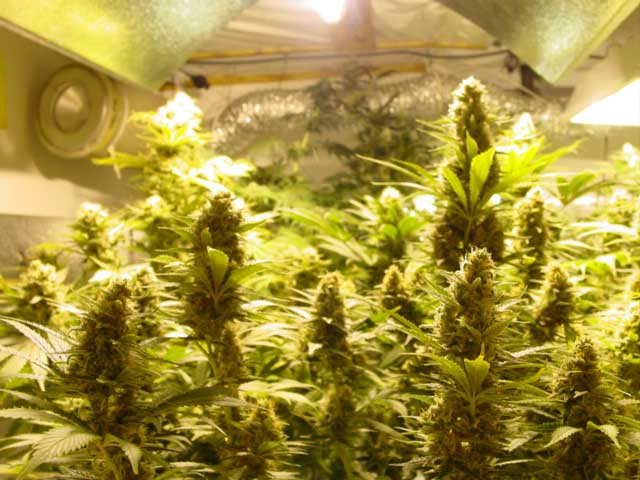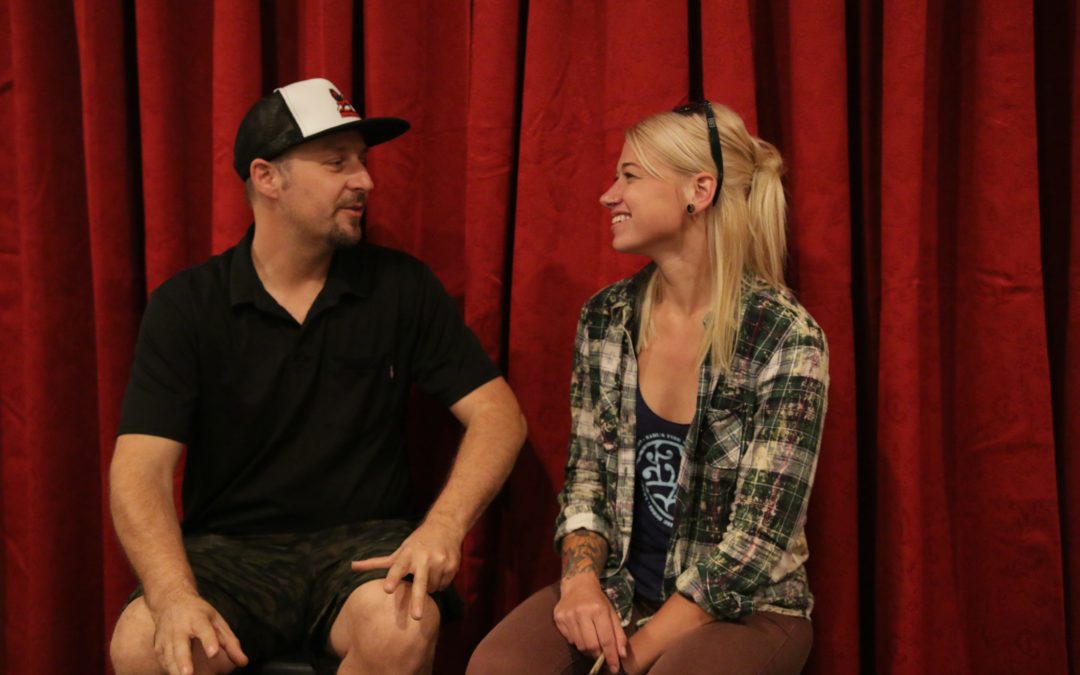
Heather Moore from Earl’s Leadville
Podcast: Play in new window | Embed
Subscribe: Google Podcasts | Spotify | iHeartRadio | Stitcher | Email | TuneIn | RSS

Heather Moore is the unofficial head grower/plant watcher of Earl’s in Leadville, Colorado. She is in charge of five greenhouses, hand watering all of the plants, and keeping an eye out for any issues in the grow.
After moving from Georgia about five years ago, Heather got a front desk job at a local dispensary, checking IDs and guiding customers to the dispensary area. After a grower for the dispensary left, Heather was offered his spot as a grower. With no prior experience, Heather asked tons of questions and figured out how to grow high quality cannabis through trial and error.
After leaving her first job, Heather was offered a grower position at Earl’s, one of the ‘highest’ elevation grows in the country. At over 10,000 feet, Earl’s is in a unique location to grow quality cannabis year-round with their greenhouses. All of Earl’s greenhouses are hand built, saving piles of money while still having some of the most high-tech environments.
If you’ve already heard Joel’s story, check out this episode of The Real Dirt Podcast with Heather and hear her point of view.

